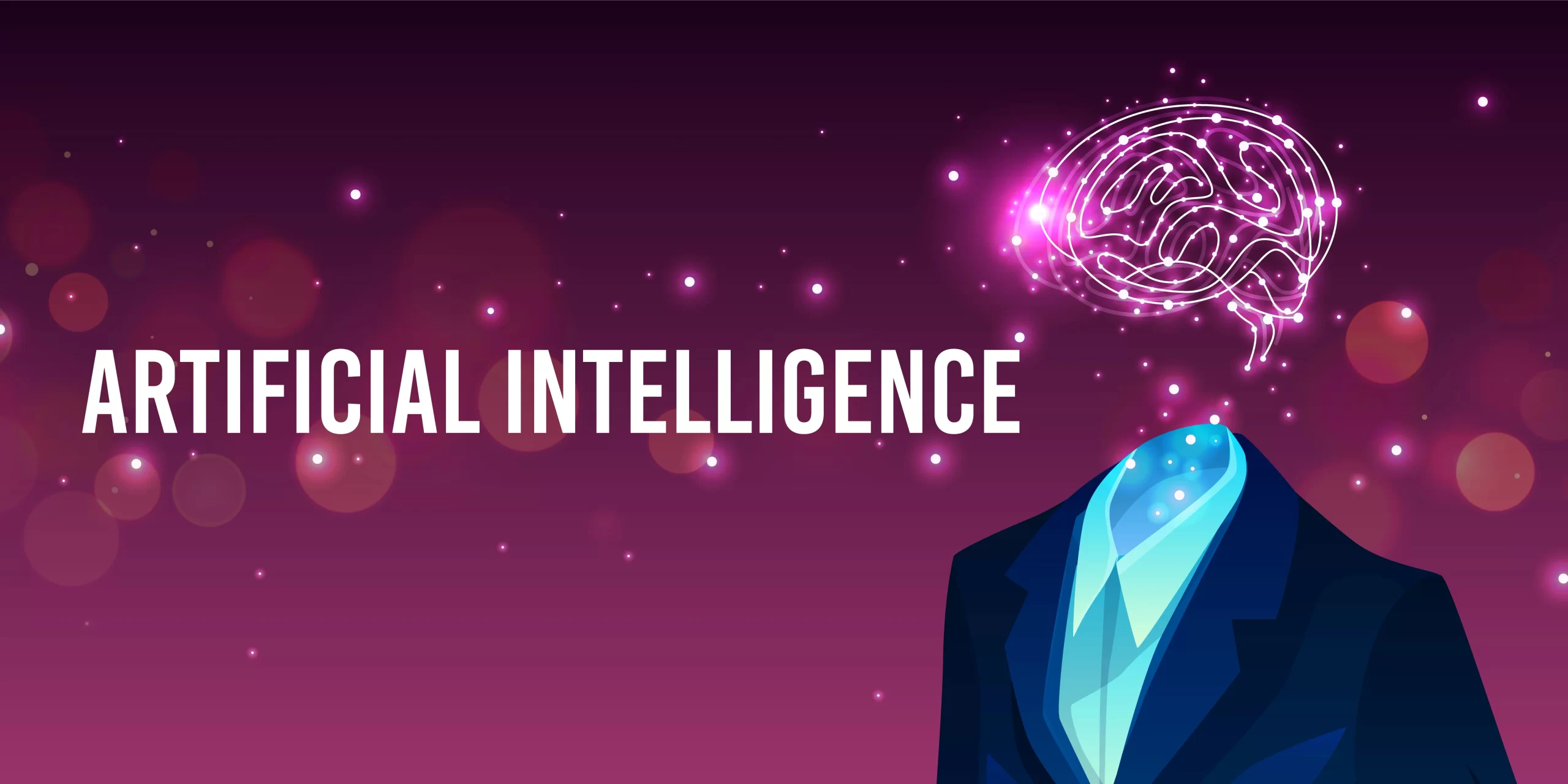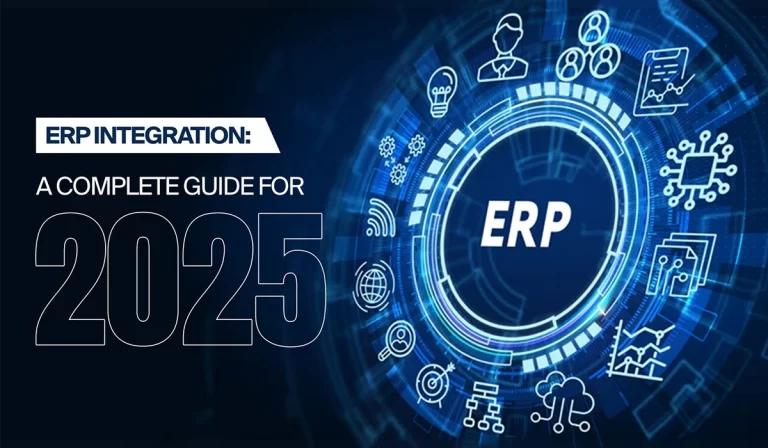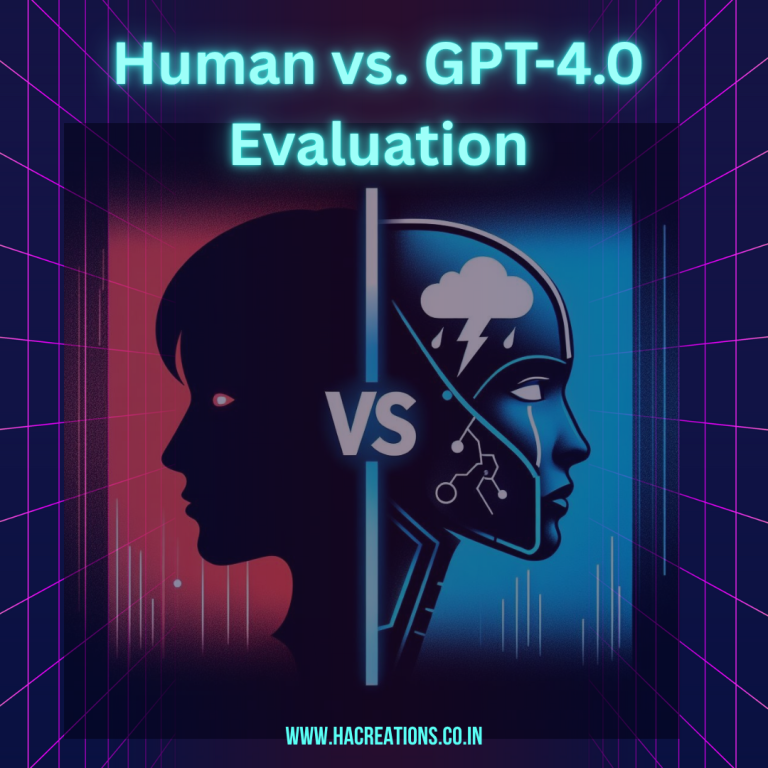Top AI Trends to Watch in 2025
As we navigate through 2025, artificial intelligence continues to reshape our world at an unprecedented pace. What seemed like science fiction just a few years ago is now becoming integral to how we work, learn, and live. The AI landscape is evolving so rapidly that staying current feels like trying to catch lightning in a bottle. Yet certain trends are emerging that will likely define the direction of AI development for the remainder of this decade.

The Rise of Multimodal AI Systems
Perhaps the most significant shift we’re witnessing is the mainstream adoption of multimodal AI systems that can seamlessly process text, images, audio, and video simultaneously. These aren’t just novelties anymore – they’re becoming essential tools across industries. Imagine describing a complex engineering problem while sketching it out, and having an AI system that understands both your words and your diagrams to provide comprehensive solutions.
Healthcare is seeing particularly exciting applications. Radiologists are now working alongside AI systems that can analyze medical images while considering patient history, symptoms described in natural language, and even voice recordings of patient consultations. This holistic approach is improving diagnostic accuracy and helping doctors catch conditions they might have missed when relying on single-modality analysis.
AI Agents Moving Beyond Chat
The conversation around AI agents has shifted dramatically from simple chatbots to sophisticated systems capable of autonomous decision-making and task execution. These agents are becoming our digital colleagues, capable of managing complex workflows that span multiple applications and systems.
In the business world, AI agents are handling everything from customer service escalations to financial analysis. They’re not just answering questions – they’re making recommendations, scheduling meetings, analyzing market trends, and even drafting reports. The key difference from earlier AI tools is their ability to maintain context across extended interactions and learn from organizational patterns.
Software development is experiencing a particularly profound transformation. AI coding assistants are evolving from simple code completion tools to full development partners that can understand requirements, suggest architectures, write comprehensive code, and even debug complex systems. Some development teams report that their AI agents are handling 60-70% of routine coding tasks, allowing human developers to focus on creative problem-solving and strategic thinking.
The Democratization of AI Development
One of the most democratizing trends is the emergence of no-code and low-code AI platforms that allow non-technical users to create sophisticated AI applications. Small businesses that couldn’t previously afford custom AI solutions are now building their own chatbots, recommendation systems, and automation tools.
This democratization is particularly visible in creative industries. Musicians are using AI to compose melodies, writers are collaborating with AI on storytelling, and artists are exploring new forms of digital expression. The barrier to entry has dropped so significantly that creativity, rather than technical expertise, has become the primary limiting factor.
Educational institutions are embracing this trend by integrating AI literacy into curricula across disciplines. Students in fields ranging from psychology to marketing are learning to leverage AI tools not as replacements for human insight, but as amplifiers of their existing capabilities.
Enterprise AI Integration at Scale
The enterprise adoption of AI has moved beyond pilot programs and proof-of-concepts to full-scale implementation. Companies are discovering that the real value lies not in replacing human workers wholesale, but in augmenting human capabilities and automating repetitive tasks that drain productivity.
Manufacturing is seeing AI systems that can predict equipment failures before they occur, optimize supply chains in real-time, and adapt production schedules based on demand fluctuations. Financial services are using AI for fraud detection, risk assessment, and personalized customer service at scales that would be impossible with human-only teams.
Perhaps most importantly, companies are learning to view AI as a strategic asset rather than just a cost-cutting tool. The organizations that are pulling ahead are those that use AI to create new revenue streams, improve customer experiences, and enable their human workforce to focus on higher-value activities.
Ethical AI and Responsible Development
As AI becomes more powerful and pervasive, the conversation around ethics and responsible development has intensified. Companies are investing heavily in AI safety research, not just because it’s the right thing to do, but because it’s becoming a competitive necessity.
Consumers are increasingly concerned about how AI systems make decisions that affect their lives. This has led to a growing emphasis on explainable AI – systems that can articulate their reasoning in terms humans can understand. Companies that can demonstrate transparency and accountability in their AI systems are finding it easier to build trust with customers and partners.
Regulatory frameworks are also evolving rapidly. Organizations are preparing for a future where AI systems will need to meet strict compliance requirements around bias, privacy, and decision-making transparency. The companies that get ahead of these requirements now will have significant advantages as regulations become more stringent.
The Evolution of Human-AI Collaboration
The most successful AI implementations in 2025 are those that treat AI as a collaborative partner rather than a replacement for human intelligence. This collaborative approach is yielding results that neither humans nor AI could achieve independently.
In healthcare, AI systems are helping doctors analyze vast amounts of patient data, but the final treatment decisions remain firmly in human hands. In education, AI tutors are providing personalized learning experiences, but human teachers are focusing on emotional support, creative thinking, and social development.
This collaboration is also changing how we think about skills and career development. Rather than fearing AI displacement, many professionals are learning to work alongside AI systems, using them to enhance their own capabilities and tackle more complex challenges.
Looking Ahead
The AI trends of 2025 suggest we’re moving toward a future where artificial intelligence becomes as ubiquitous and essential as the internet is today. The key to success – whether for individuals, businesses, or society as a whole – lies in thoughtful integration rather than wholesale adoption.
The organizations and individuals thriving in this AI-enhanced world are those that maintain a balance between leveraging AI’s capabilities and preserving uniquely human qualities like creativity, empathy, and ethical reasoning. They’re using AI to amplify their strengths rather than replace their judgment.
As we progress through 2025, the most important trend to watch might not be any specific technological advancement, but rather how successfully we navigate the integration of AI into the fabric of society while maintaining our humanity and values. The future belongs to those who can harness AI’s power while staying true to what makes us human.




